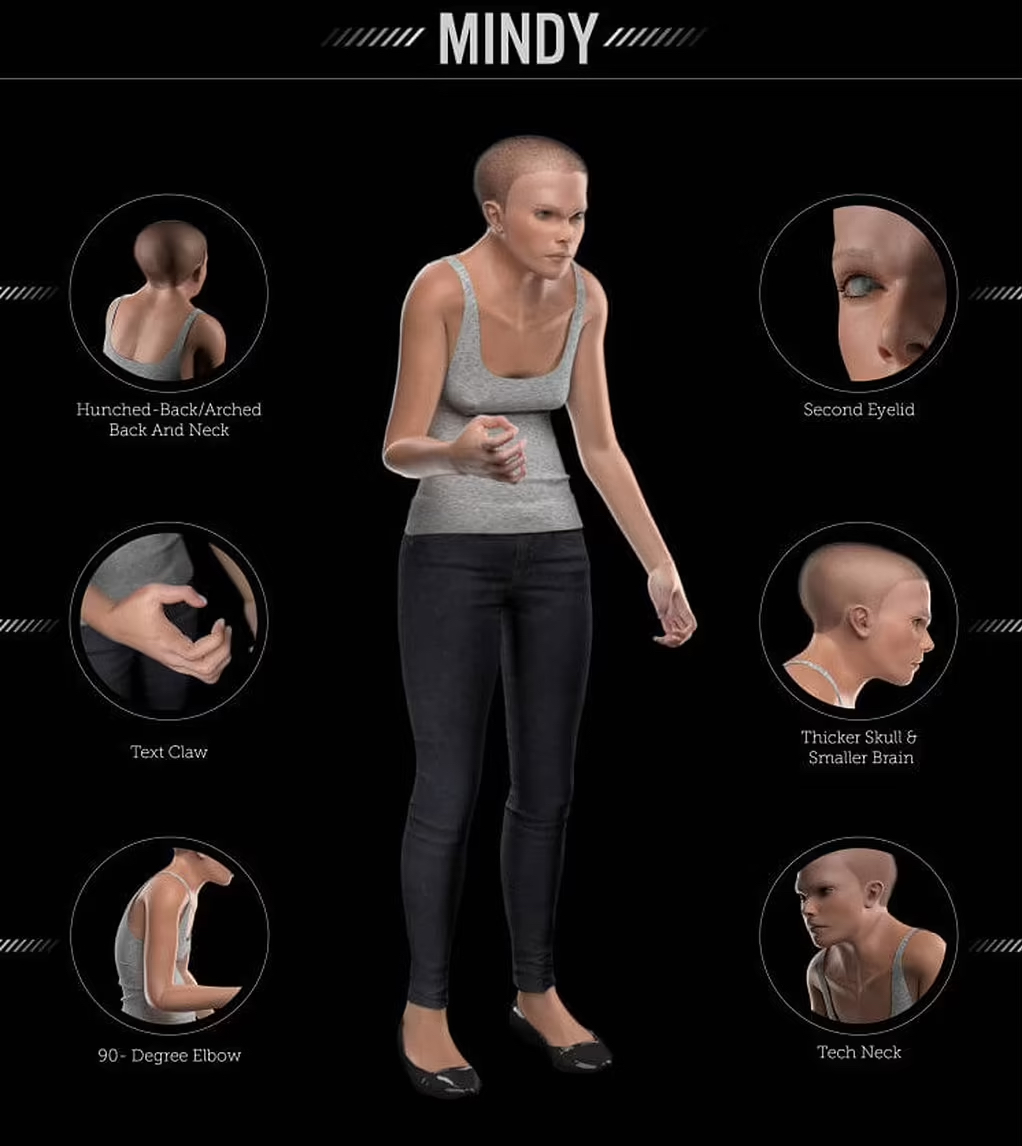Digital Aging: a Slow Erosion from Fingers to Eyes
minimum program length: 12 hours
What is the future of our necks and fingers? How far lies the horizon before our eyes? What feedback loop hinders air movement in our lungs, obstructs fluid circulation in our guts, and strains the ligaments of our hearts?
We have yet to witness an aging population that has been exposed to screens and keyboards from such a young age, as is common today. Moreover, we are already observing rapid degeneration of necks and knees, among other issues, in today's seniors who adopted electronic devices only in their adulthood. And while we are becoming increasingly familiar with the mental and psychological effects of sedentary lifestyles that revolve around chairs, screens, and repetitive gestures, the long-term physical repercussions on the aging bodies of Generation X, Millennials, Generation Z, and beyond remain uncertain.
In the global context of a hyper-digitized age, where the relentless race for progress is being made at the expense of the Earth's finite resources and the exploited labour of the most vulnerable, the disconnect from our bodies is echoing the neglect of the land and its wellbeing. While Yalda Younes likes to entertain the fantasy that the unprecedented health consequences that may arise in the distant future of a tech-dependent humanity will inevitably lead to a tech de-escalation and long-overdue degrowth, how do we cope until then? How will the joints, eyes, hearts, stomachs, kidneys, nerves, and brains of tech generations endure and evolve with the aging process?
Reconnecting with our sac of flesh, Younes explores the body's internal and external mechanics in relation to the effects of exponential technological dependence. She proposes tools that nurture the vital systems that lie invisible under our skin, support the integrity of our under-used skeleton, provide rest for our overworked eyes, and connect us to each other, to that which nourishes our lungs and fuels our heart.
What is the future of our necks and fingers? How far lies the horizon before our eyes? What feedback loop hinders air movement in our lungs, obstructs fluid circulation in our guts, and strains the ligaments of our hearts?
We have yet to witness an aging population that has been exposed to screens and keyboards from such a young age, as is common today. Moreover, we are already observing rapid degeneration of necks and knees, among other issues, in today's seniors who adopted electronic devices only in their adulthood. And while we are becoming increasingly familiar with the mental and psychological effects of sedentary lifestyles that revolve around chairs, screens, and repetitive gestures, the long-term physical repercussions on the aging bodies of Generation X, Millennials, Generation Z, and beyond remain uncertain.
In the global context of a hyper-digitized age, where the relentless race for progress is being made at the expense of the Earth's finite resources and the exploited labour of the most vulnerable, the disconnect from our bodies is echoing the neglect of the land and its wellbeing. While Yalda Younes likes to entertain the fantasy that the unprecedented health consequences that may arise in the distant future of a tech-dependent humanity will inevitably lead to a tech de-escalation and long-overdue degrowth, how do we cope until then? How will the joints, eyes, hearts, stomachs, kidneys, nerves, and brains of tech generations endure and evolve with the aging process?
Reconnecting with our sac of flesh, Younes explores the body's internal and external mechanics in relation to the effects of exponential technological dependence. She proposes tools that nurture the vital systems that lie invisible under our skin, support the integrity of our under-used skeleton, provide rest for our overworked eyes, and connect us to each other, to that which nourishes our lungs and fuels our heart.
